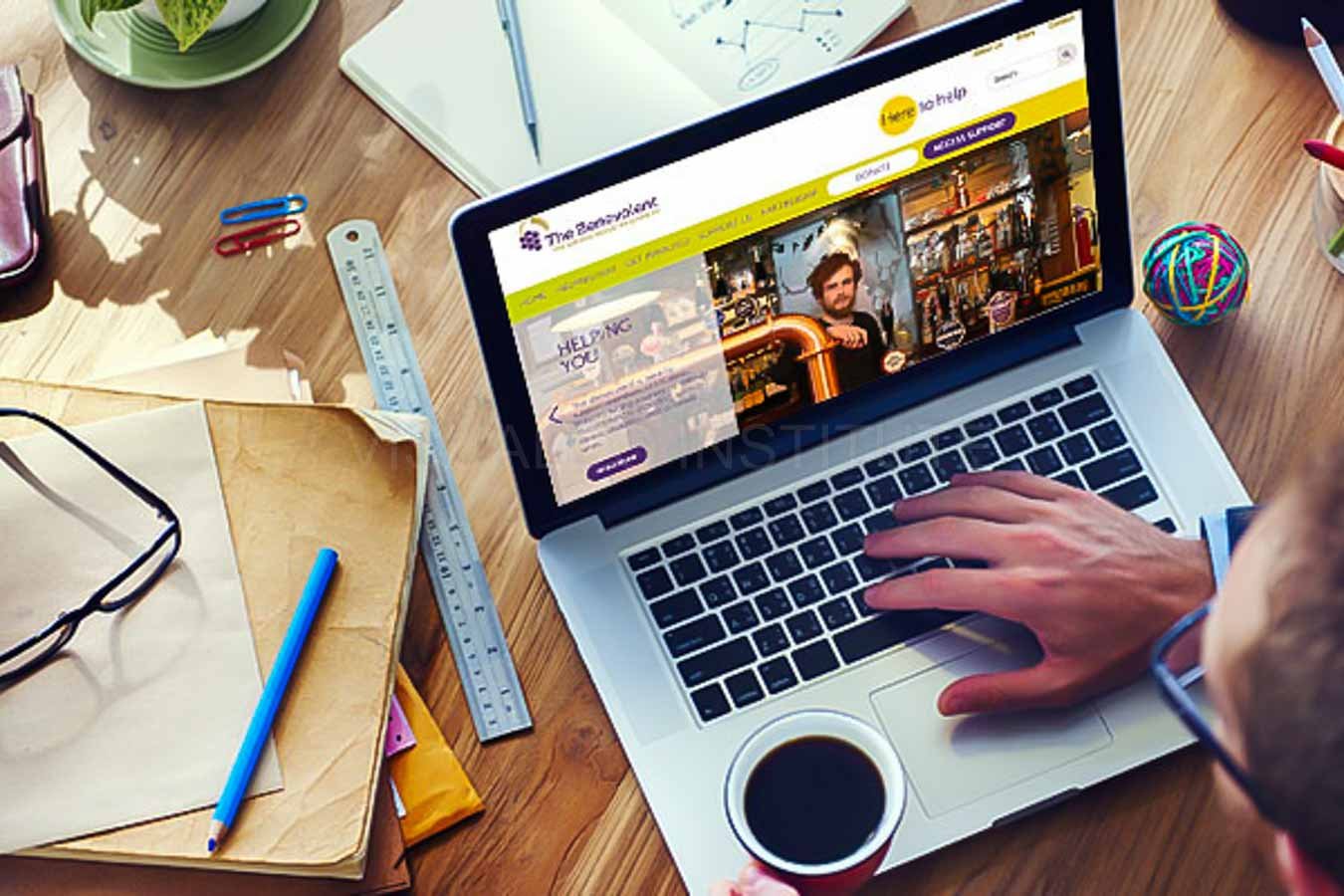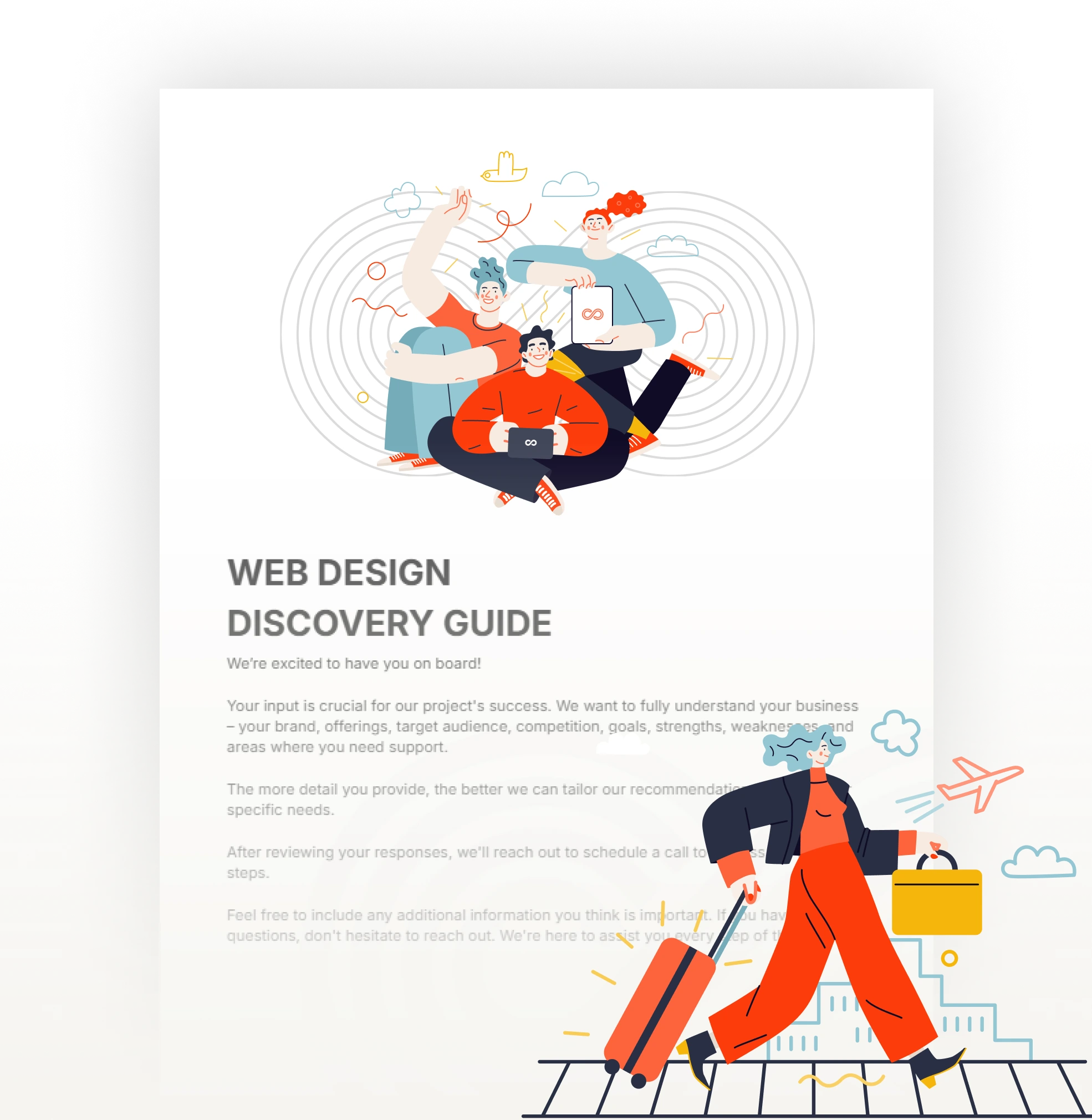Aligned Position Web Design: Professional Web Development to Maximize Your Online Impact
The Best Kinds Of Website Design to Improve Individual Experience and Interaction
In the ever-evolving landscape of electronic interaction, the efficiency of Web layout substantially affects customer experience and interaction. Different style approaches, such as minimal, receptive, and interactive layouts, each offer special advantages that can provide to diverse user needs.
Minimalist Website Design
As electronic landscapes come to be increasingly cluttered, minimal website design has arised as an effective strategy to boosting customer experience. This style approach focuses on simplicity, focusing on vital components while removing unneeded disturbances. By making use of enough white room, straightforward navigating, and a minimal color palette, minimalist style promotes clarity and routes customer attention to key content.
The core concept of minimalist website design is to create a smooth communication for customers. By reducing cognitive lots, users can swiftly comprehend info without really feeling overwhelmed. This straight technique not only enhances usability yet also urges engagement, as visitors are more probable to check out a site that is easy and visually appealing to browse.
Additionally, minimal style commonly highlights typography and images, utilizing these components strategically to communicate messages efficiently. This concentrate on essential elements can enhance brand identification and produce a memorable user experience. Basically, minimal Web layout is not just a fad; it is a thoughtful methodology that acknowledges the significance of user-centered layout. By removing extraneous elements, developers can produce a much more appealing, effective, and enjoyable Web experience for all users.
Responsive Website Design
In today's diverse electronic setting, receptive website design has actually ended up being essential for producing a seamless individual experience throughout a wide range of devices. As customers gain access to internet sites on smartphones, laptops, desktops, and tablets, the capacity of an internet site to adapt its format and content to different display dimensions and resolutions is vital.
Receptive website design employs adaptable grids, pictures, and CSS media questions to guarantee that Web content exists optimally, no matter of the gadget used. This approach not only enhances the visual allure of a site however likewise significantly enhances use. Users are most likely to engage with a website that provides a constant experience, as it eliminates the frustration of having to focus or scroll excessively.
In addition, online search engine, consisting of Google, focus on mobile-friendly websites in search rankings. By adopting responsive style, services can boost their visibility and get to a broader target market. This approach likewise streamlines site upkeep, as a single variation of the website can satisfy all tools, minimizing the need for several variations. In summary, receptive website design is a basic practice that improves customer experience, interaction, and total complete satisfaction.
Interactive Website Design
Receptive website design lays the groundwork for enhancing individual experience, however interactive website design takes this a step additionally by involving users in a much more vibrant method - Aligned Position Web Design. By including elements such as computer animations, clickable models, and real-time responses, interactive Web design astounds users, drawing them into a richer browsing experience
This approach not just cultivates engagement but likewise urges customers to check out material proactively as opposed to passively consuming it. Techniques such as gamification, where users earn rewards for completing tasks, can significantly enhance the time invested on a website and enhance general complete satisfaction. Additionally, interactive functions can simplify complex information, making it more digestible and enjoyable.

Including interactive layout components can also result in greater conversion prices, as users are more probable to engage with a site that actively includes them. Aligned Position Web Design. Ultimately, interactive website design transforms individual experiences into unforgettable trips, making sure that visitors return time and once again
Apartment Style
Defined by its minimalistic strategy, flat design stresses simplicity and performance, removing away unnecessary components and concentrating on crucial attributes. This layout philosophy focuses on usability, ensuring that customers can navigate interfaces with ease and performance. By using a tidy visual, flat style gets rid of the clutter frequently found in more luxuriant styles, thereby improving user focus on web content and capability.
The hallmark of flat layout depends on its go to these guys usage of strong colors, simple typography, and geometric forms. These elements add to a visually appealing user interface that is both approachable and contemporary. In addition, flat design cultivates a sense of quality, enabling individuals to recognize necessary actions and information without disturbance.
Moreover, flat layout is especially effective in receptive website design, as its simpleness translates well throughout numerous devices and display sizes. The lack of complex textures and slopes minimizes filling times, which is vital for keeping user interaction. As digital landscapes remain to develop, level design stays a relevant option for developing user-friendly sites that improve overall experience. By concentrating on essential functions, level design not only satisfies customer needs however additionally encourages smooth communication, making it a vital element of reliable website design methods.
Adaptive Website Design
Flexible website design tailors the customer experience by creating multiple repaired layouts customized to various display dimensions and devices. Unlike responsive design, which fluidly adjusts a solitary format, dig this adaptive design employs distinct layouts for specific breakpoints, ensuring optimal presentation on numerous systems. This strategy enables designers to concentrate on the unique characteristics of each device, boosting use by providing exactly what users need based upon their context.
Among the main advantages other of flexible Web style is its ability to optimize lots times and efficiency. By serving tailored web content and pictures that fit the individual's device, web sites can reduce data use and enhance loading speeds. This is specifically useful for individuals with slower connections or limited data plans.

Additionally, adaptive style promotes an extra constant and regulated branding experience. Considering that developers develop multiple designs, they can make sure that the visual components align with the brand name's identification across different platforms - Aligned Position Web Design. This results in a natural customer experience, boosting involvement and advertising customer retention
Verdict
In conclusion, the integration of minimalist, responsive, and interactive website design concepts dramatically enhances user experience and engagement. Minimalist style fosters clarity and focus, while responsive style makes sure versatility across numerous tools, promoting ease of access. Interactive style mesmerizes customers via dynamic elements, encouraging expedition and customization. Collectively, these design approaches add to the production of straightforward environments that not just enhance fulfillment however likewise drive greater conversion prices, underscoring their critical relevance in contemporary Web design techniques.

Minimalist style promotes clearness and focus, while responsive style guarantees versatility throughout numerous tools, advertising accessibility. Collectively, these design approaches contribute to the creation of straightforward environments that not only enhance contentment yet additionally drive greater conversion prices, highlighting their important value in modern Web layout methods.